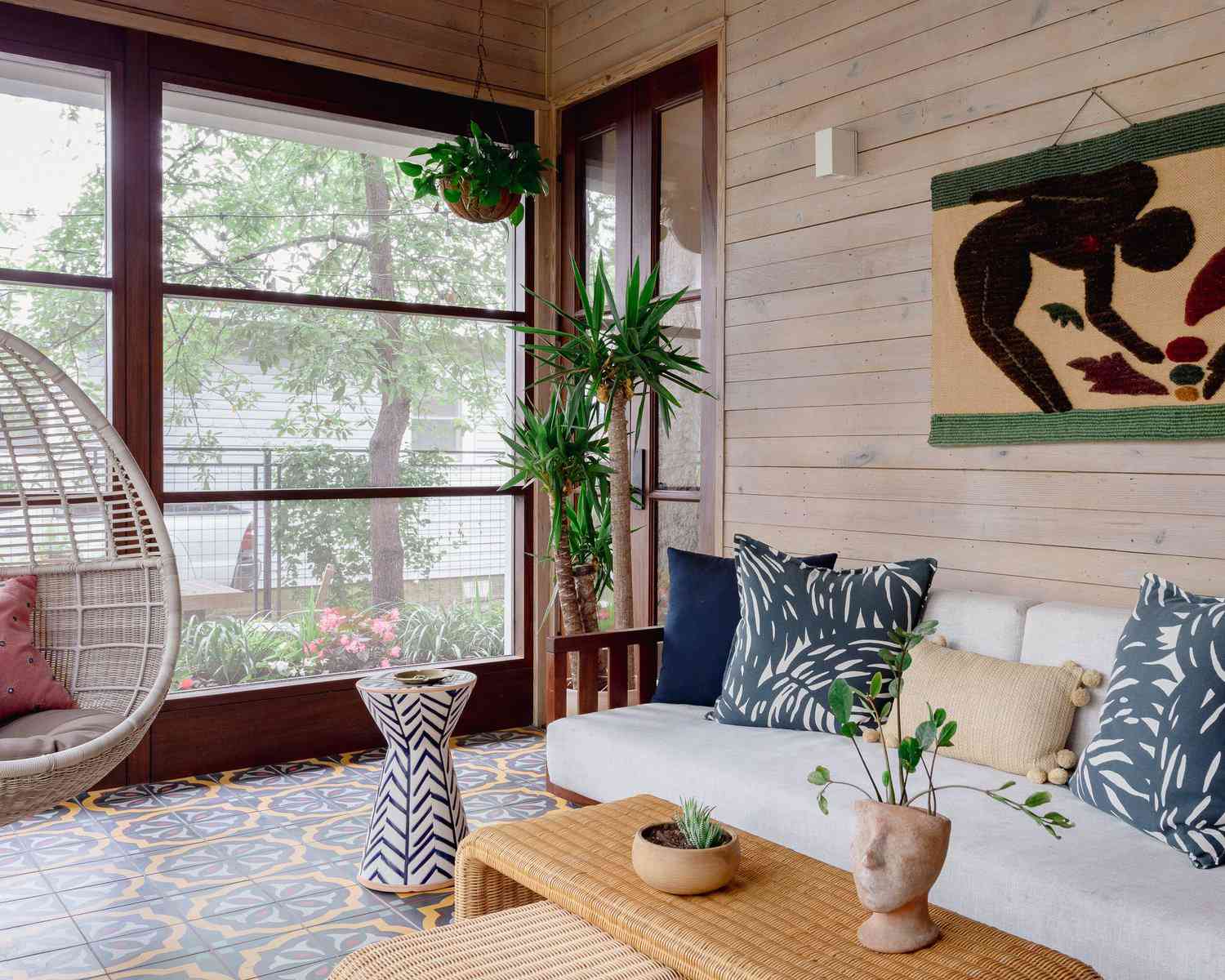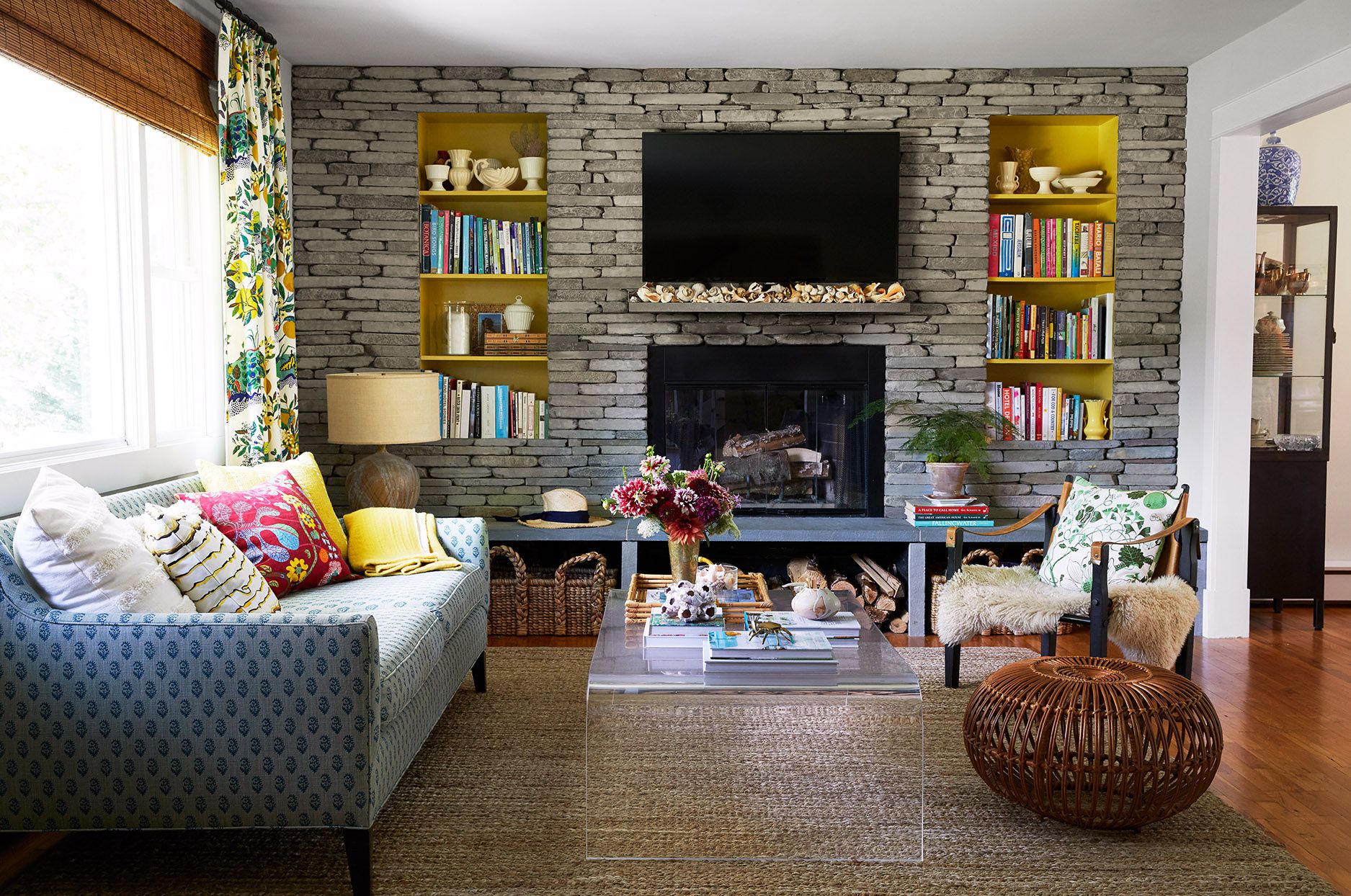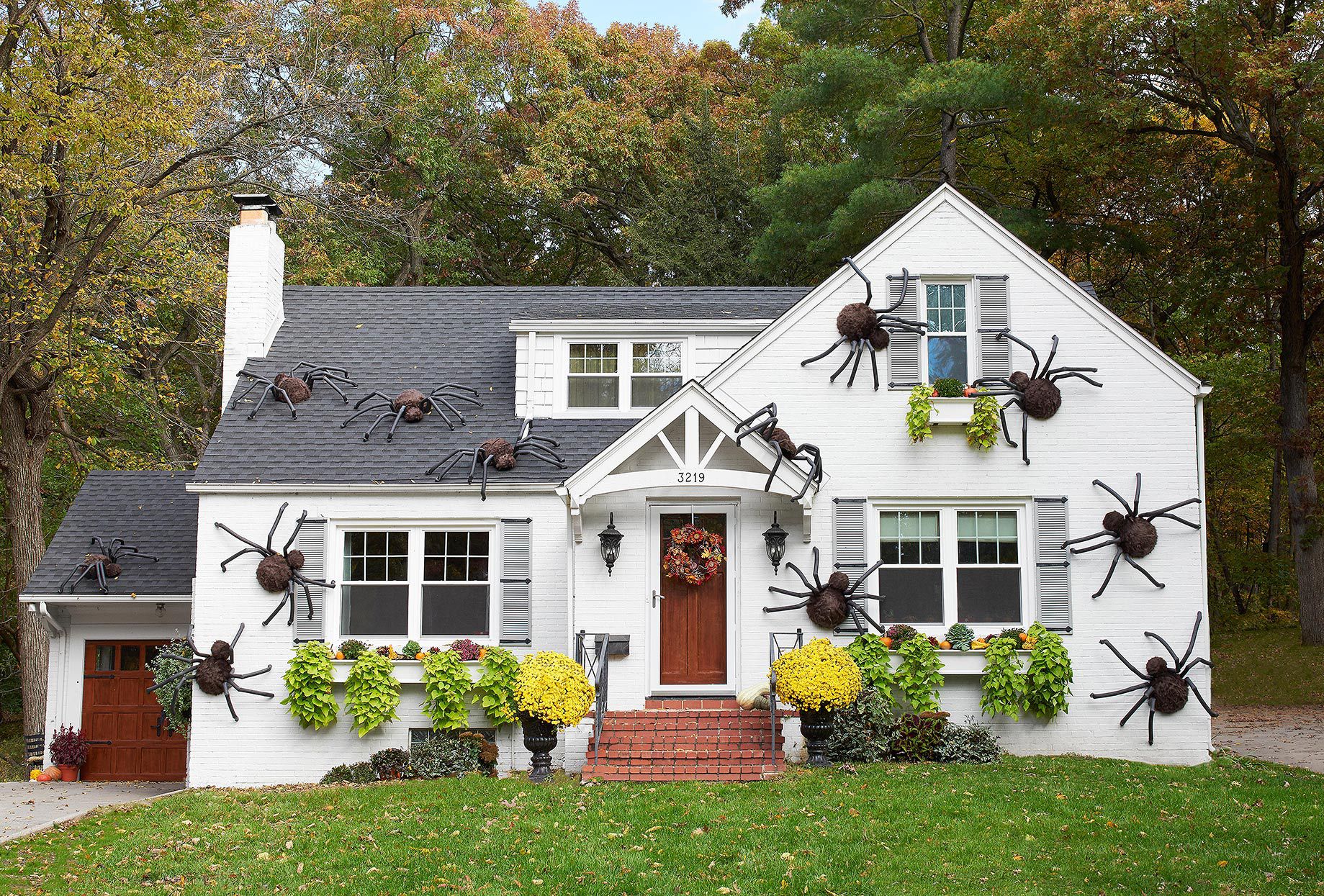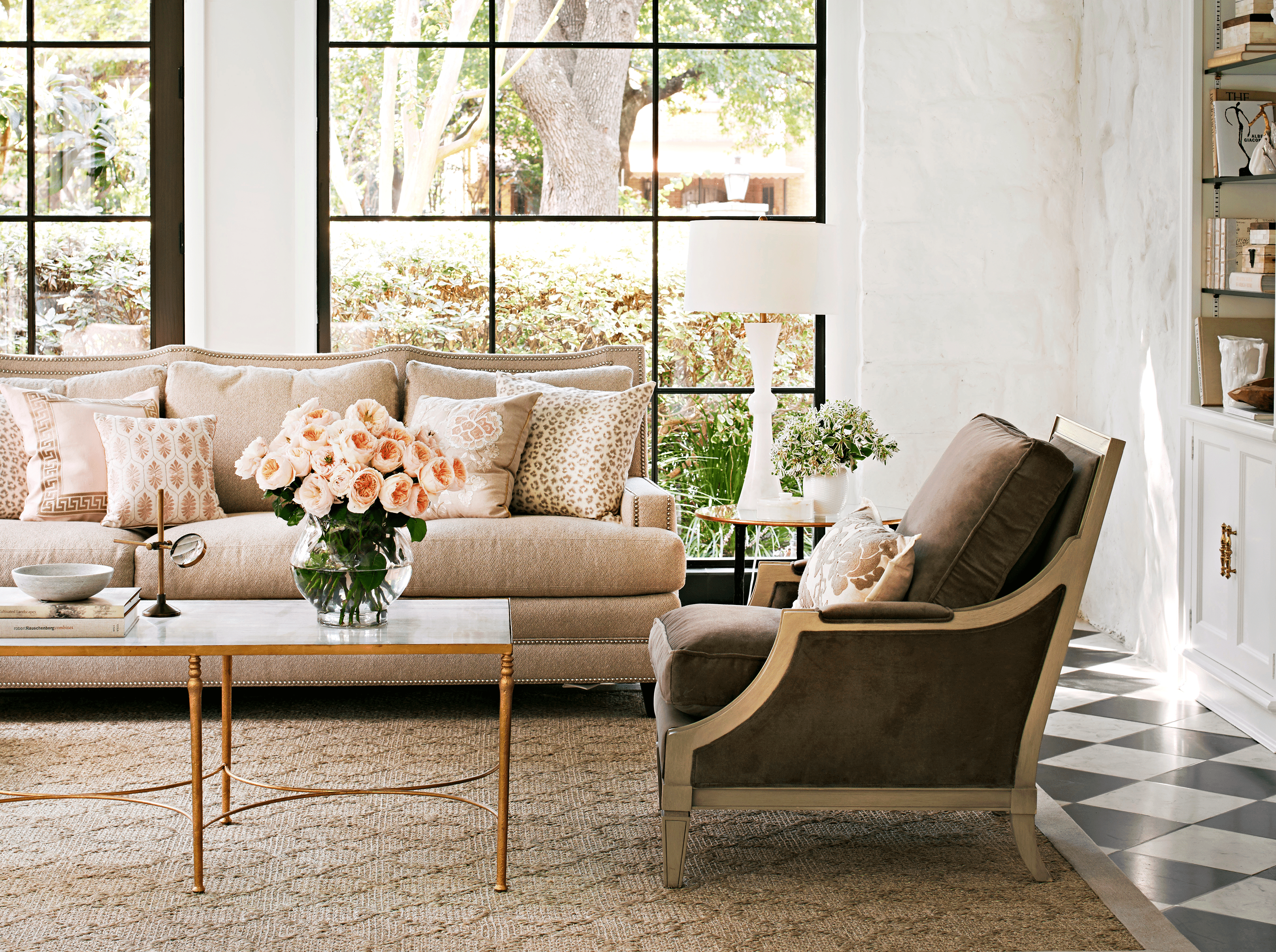Well now, after all these years working with my hands, I can tell you there's something real special about making things for your garden. You know, not everything has to come from those big box stores. Sometimes the best decorations are the ones you put together yourself on a Saturday afternoon with what you already got sitting around the house or garage.
I remember when my neighbour Margaret showed me her first painted rock project, and I thought, "Oh my, that's clever!" Now here I am, years later, still finding new ways to brighten up my outdoor space without spending a fortune. The thing about DIY garden decorations is they got personality - real character that store-bought stuff just don't have. Plus, when folks come over and ask where you got something, there's a nice feeling in saying "I made that myself."
Living here in Canada, we got such short summers that we really want to make the most of our gardens when the weather's nice. But you don't need to be some kind of expert craftsperson to make beautiful things. Most of these projects I'm going to share with you, they're simple enough that even if you never made nothing before, you can finish them in one weekend. Some take just a couple hours, actually.
I've picked out projects that work real well with materials you probably already got, or can pick up cheap at the hardware store or dollar store. And they're tough enough to handle our Canadian weather - well, most of it anyway. Let me walk you through some of my favourites that I've done over the years.
Painted Terra Cotta Pot Towers
Now this is one of my go-to projects because terra cotta pots are so cheap, especially when they go on sale at the end of summer. You can stack them up to make these real eye-catching towers that add height to your garden. I like using different sizes - maybe start with a big 10-inch pot at the bottom, then go down to 8-inch, 6-inch, and top it off with a little 4-inch one.
The painting part is where you can really let your creativity show. I usually give them a good clean first, let them dry completely, then use outdoor acrylic paint. You can do patterns, solid colours, or even try your hand at some simple designs. I'm not much of an artist myself, but stripes and polka dots look just fine. Don't forget to seal everything with a clear outdoor sealer when you're done - that's important for our weather up here.
To put them together, I use a strong outdoor adhesive between each pot. Some people like to use a metal rod through the drainage holes to keep everything stable, which is a good idea if you get a lot of wind where you live. Once it's all set up, you can plant trailing flowers in each level, or use them just as sculpture pieces. I seen some folks paint them to look like totem poles, which looks real nice.
Wine Bottle Border Edging
Here's something I wish I'd thought of myself, but I got the idea from a magazine years back. If you've been saving wine bottles - or know someone who has - you can use them to make a real pretty border for your garden beds. The glass catches the light something beautiful, especially in the evening when the sun's low.
You'll want to collect bottles all the same colour for a uniform look, or mix different colours for more of a mosaic effect. I prefer the green and brown ones myself, but those blue bottles are real striking if you can find enough of them. Make sure you clean them out good - nobody wants to smell old wine in their garden.
To install them, dig a narrow trench about 6 to 8 inches deep along where you want your border. Place the bottles upside down, neck first into the ground, packing the soil tight around them. You want about half the bottle showing above ground. Space them close together so they're almost touching - this gives you that solid border look. It takes more bottles than you think, so start collecting early! For a 10-foot border, you're probably looking at 40 to 50 bottles depending on how you space them.
Concrete Leaf Stepping Stones
This project always impresses people, but honestly it's easier than it looks. You just need some big leaves from your garden - rhubarb leaves work perfect, or those giant hosta leaves - plus a bag of concrete mix and some sand. The hardest part is mixing the concrete, and even that ain't too bad if you follow the directions on the bag.
What you do is make a little mound of sand to support your leaf, put the leaf on top (top side down), then pour your mixed concrete over it. You want it maybe an inch thick or so. Use your hands to spread it around and make sure it covers the whole leaf, getting into all those veins and details. That's what makes the final piece look so nice - all that texture comes through real clear.
Let it set for about 24 hours, then carefully peel away the leaf. You might need to use a brush to clean off any bits that stick. The concrete takes a few more days to cure completely before you should put it in your garden, but once it's ready, these stones last for years. I got some I made probably eight years ago that still look good. You can leave them natural grey, or paint them if you want. I like the natural look myself, but I seen some painted ones that are real pretty.
Tin Can Wind Chimes
Now if you like a bit of music in your garden, wind chimes are nice, but they can be expensive to buy. Making your own from tin cans costs almost nothing and you can customize the sound by using different size cans. I save up soup cans, vegetable cans, even those big tomato cans - whatever I got. Just make sure you clean them real good and file down any sharp edges. That's important for safety.
You'll need to punch holes in the bottom of each can - I use a hammer and a big nail for this. Then you can paint them however you like. I done some with spray paint in bright colours, and others I left natural and shiny. Both ways look good. Once the paint's dry, thread some fishing line or sturdy string through the holes and hang them from a piece of driftwood or a sturdy branch at different lengths.
The trick to getting a nice sound is to hang them so they just barely touch each other when the wind blows. Too far apart and they don't chime, too close and they clang too much. It takes a bit of adjusting to get it right. I also like to add some beads on the strings, or tie on some small bells for extra sound. Hang the whole thing from a tree branch or your porch, somewhere it'll catch the breeze.
Wooden Pallet Planter Box
Pallets are everywhere if you know where to look. Lots of stores give them away free if you just ask - I got mine from a appliance store that was happy to have someone take them off their hands. You want to look for ones marked "HT" which means heat-treated, not chemically treated. That's safer for plants.
To make a planter, you can use the pallet as-is by standing it up and attaching landscape fabric to the back and bottom to hold soil in. Or you can take it apart and rebuild it into a proper box shape - that's what I usually do because it looks neater. You'll need a hammer, some nails or screws, and maybe a saw if you want to cut pieces to size. Don't worry if your carpentry skills aren't perfect. Part of the charm of pallet projects is that rustic, handmade look.
I line the inside with landscape fabric or even heavy plastic with drainage holes poked in it, then fill with potting soil. These boxes are great for herbs, flowers, or even vegetables. The wood ages real nice outdoors, getting that weathered grey colour. If you want to protect it longer, you can stain it or paint it before filling with soil. I made three of these last summer and put them along my fence - looks real nice and gave me a lot more planting space.
Mason Jar Solar Lights
This is probably the easiest project on my list, and it gives you such nice lighting for evening time in the garden. You just need some mason jars - I use the quart size usually - and those little solar lights you can buy at the dollar store. The ones that got a stake on the bottom that you're supposed to stick in the ground.
All you do is take the light part off the stake and see if it fits in your jar lid. Usually it does, but sometimes you need to make the hole in the lid a bit bigger. I use tin snips for that, but be careful of sharp edges - you can file them smooth. Once the light fits snug in the lid, screw the lid onto your jar. That's it! The solar panel sits on top getting sun during the day, and the light shines down into the jar at night.
The glass makes the light kind of soft and pretty. You can leave the jars clear, or put things inside like coloured glass beads, marbles, or even paint the outside of the jar with glass paint. I done some with blue paint that looks like water, and some with frosted glass spray that gives a real soft glow. Set them along pathways, on tables, or hang them from shepherd's hooks. They're real pretty and don't cost hardly nothing to make.
Succulent Vertical Garden Frame
Now this one's a bit more involved but still doable in a weekend, and it looks so impressive when you're done. You need a wooden picture frame - I found mine at a thrift store for three dollars - some chicken wire or hardware cloth, landscape fabric, potting soil, and succulent plants. Succulents work best because they don't need much water and can grow sideways without problems.
Take the glass and backing out of your frame and attach the chicken wire across the back. Then layer your landscape fabric over that and staple it good all around the edges. This creates a pocket that'll hold your soil. Fill it with soil mixed with some sand for drainage - succulents don't like wet feet. Then you poke holes through the fabric and plant your little succulents in there.
Keep the frame laying flat for about two weeks so the plants can root in good before you hang it up. Water it laying flat too during this time. Once the roots are established, you can hang it on a fence or wall. It needs a spot that gets good light but not full blazing sun all day. These living picture frames are real conversation starters. I made one for my daughter last year and she still talks about it.
Final Thoughts and Getting Started
The beautiful thing about making your own garden decorations is there's no wrong way to do it. If something don't turn out exactly like you pictured, well, that's just your unique style showing through. I can't tell you how many projects I started thinking they'd look one way, and they ended up completely different - but often better than I imagined.
Start with just one or two projects that sound interesting to you. Don't try to do everything at once or you'll wear yourself out. I like to pick one project for Saturday and maybe another for Sunday, that way I got time to enjoy the process instead of rushing through. And don't be afraid to ask for help if you need it - most of these projects are more fun with someone else anyway. My grandson helps me with projects sometimes, and he's learning skills while we're spending time together.
Remember that weather up here in Canada can be tough on outdoor decorations, so choosing materials that can handle moisture and temperature changes is smart. That's why I always recommend outdoor paint and sealer for anything that's going to be exposed to the elements. A little extra protection at the start saves you from having to redo things next year. And don't forget to bring in or cover anything delicate before winter really sets in - even tough materials appreciate a bit of care. Now go on and get started - your garden's going to look wonderful!




